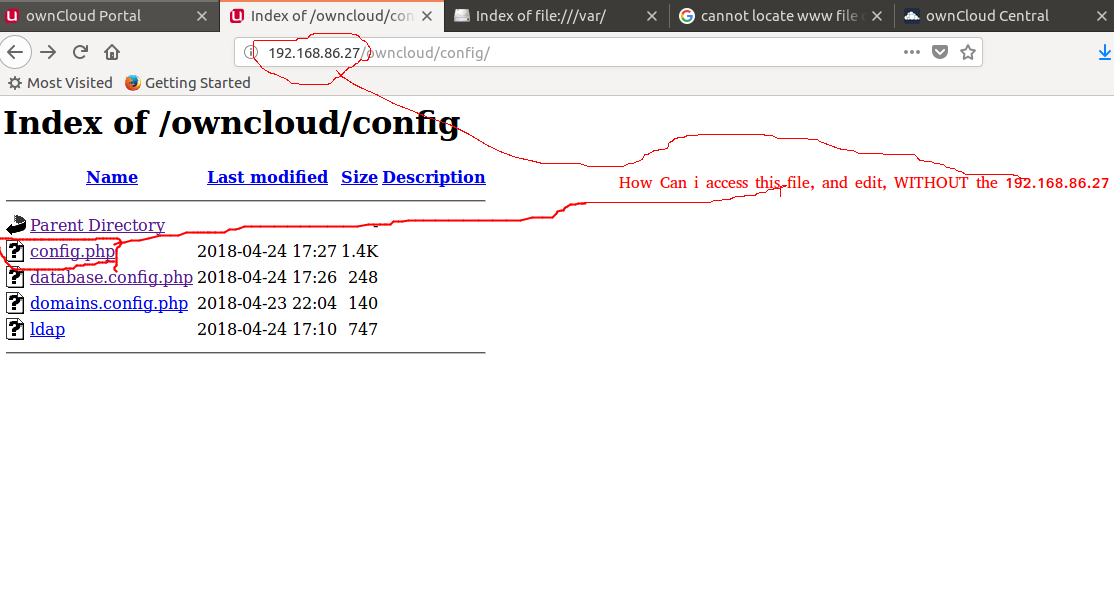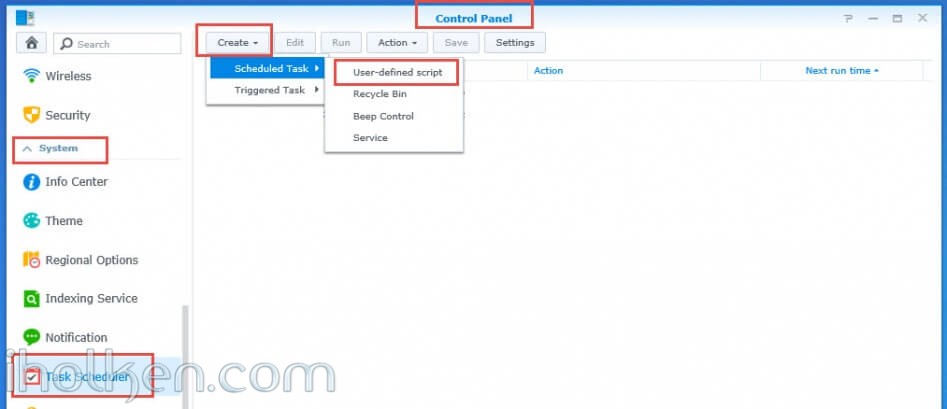
- BITNAMI OWNCLOUD CONFIG.PHP LOCATION HOW TO
- BITNAMI OWNCLOUD CONFIG.PHP LOCATION UPDATE
- BITNAMI OWNCLOUD CONFIG.PHP LOCATION FREE
BITNAMI OWNCLOUD CONFIG.PHP LOCATION UPDATE

OwnCloud stores its configurations in a single file, which we will edit with the new path to the data directory. Step 2 – Pointing ownCloud to the New Data Location With the data directory relocated, we will update ownCloud so that it’s aware of this change. sudo mv /var/www/owncloud/data /mnt/owncloud/.With Apache stopped, we will move the data directory to the new location using the mv command: sudo rsync -av /var/www/owncloud/data/ ~/owncloud-data-bak/.In the example below, we back up our content into a new directory, owncloud-data-bak, within our user’s home directory. Using the -a flag preserves the permissions and other directory properties, while the -v flag provides verbose output so you can monitor the progress. Warning: It is highly recommended that you backup your data prior to making any changes.Ĭopy the contents of the data directory to a new directory using the rsync command. The last line of the output should state that it’s stopped. called from PHP, it gives an error in the RS log saying cant find Python (no such file). To verify that Apache is no longer running, use the systemctl utility with the status command: Ive setup an Ubuntu based VPS through Bitnami and Amazon AWS. Some of the service management commands do not display an output. To prevent that from happening, we will stop Apache with the systemctl utility:

When ownCloud is in use and backend changes are being made, there is the possibility that data may become corrupt or damaged. Step 1 – Moving the ownCloud Data Directory Regardless of the underlying storage being used, this guide can help you move the data directory for ownCloud to a new location.

BITNAMI OWNCLOUD CONFIG.PHP LOCATION HOW TO
If you are using DigitalOcean, you can mount a block storage volume to fulfill that role by following our How To Use Block Storage on DigitalOcean guide. In this example, we are moving ownCloud’s data directory to an attached additional storage volume that is mounted at /mnt/owncloud. If our installation guide was used, then the data directory is in ownCloud’s web root, which by default is located at /var/www/owncloud. You can set one up by following this guide. Prerequisitesīefore you begin using this guide, an ownCloud server needs to be installed and configured. Whether you are adding more space or just looking to change the default storage location, this tutorial will guide you through relocating ownCloud’s data directory. After modifying the PHP configuration file, restart the servers for the changes to take effect: sudo /opt/bitnami/ctlscript. For example, to modify the default upload limit for PHP, update the PHP configuration file following these instructions.

Understand the default PHP configuration The PHP configuration file allows you to configure the modules enabled, the email settings or the size of the upload files. As your storage needs grow, it may become necessary to move ownCloud’s data directory. It is located at /opt/bitnami/php/etc/php.ini. ownCloud packaged by Bitnami Getting started Obtain application and server credentials Understand the default port configuration apache. For instance, with high-resolution pictures and high-definition videos continuously being backed up, it is easy to run out of space.
BITNAMI OWNCLOUD CONFIG.PHP LOCATION FREE
By default, data is saved on the same partition as the operating system, which may lead to a lack of free disk space. You may not use this file except in compliance with the License.OwnCloud is a capable solution for storing your digital life on a private server. Licensed under the Apache License, Version 2.0 (the "License") If you have an issue related to one of our containers, please go to its specific repository in our GitHub organization and report an issue there. If you have an issue related to one of our charts, please go to the repository and report an issue there. You can have important information about a Cloud provider: migruiz4 I've followed the instruction to start docker with the configuration as per the docker-compose.yml file and MariaDB works fine. There is an updated documentation at where you can find tutorials and FAQs. If the documentation didn't help you, we strongly suggest you to check the resolved issues and the on going ones before addressing an issue. Popular applications, provided by Bitnami, ready to launch on:īefore continuing, please review our useful guides about how to configure and use your application in our documentation


 0 kommentar(er)
0 kommentar(er)
